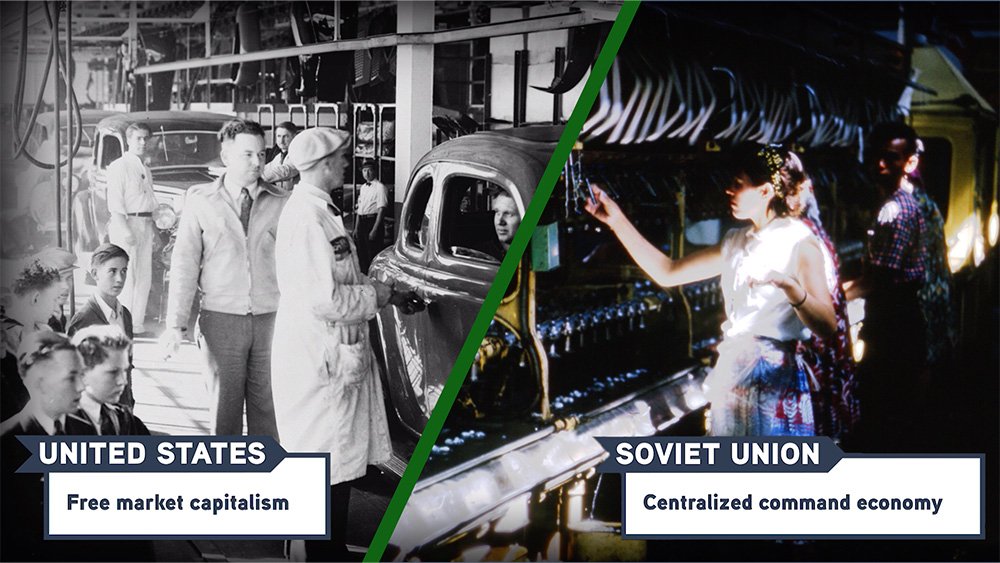Unit 8: Cold War and Decolonization
1945 – 1991 CEBehind nuclear standoffs and protest marches, people were choosing sides—or choosing freedom. All of it was part of a larger story about power, freedom, and the future of the world.
The Cold War
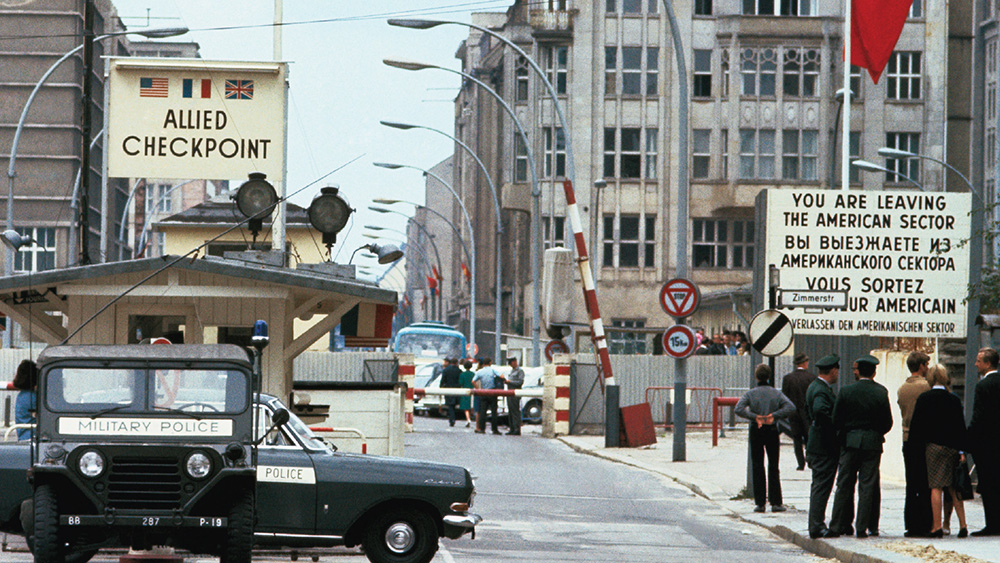
Lesson 8.2
Origins of the Cold War
After World War II, the world’s two strongest nations backed opposing visions of power. Learn how competing ideologies, broken economies, and new weapons set the stage for a high-stakes global conflict.
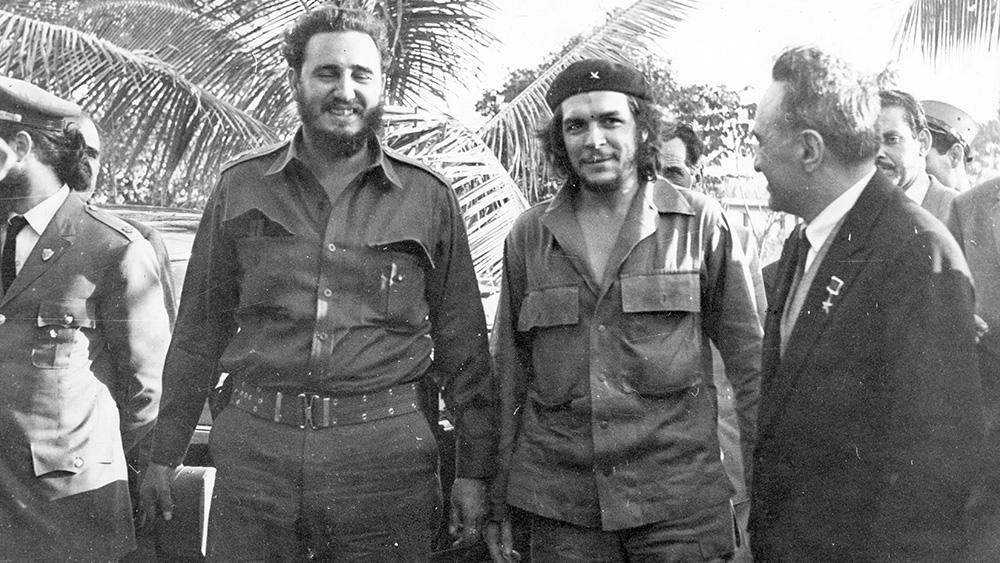
Lesson 8.3
The Global Cold War
From Vietnam to Afghanistan, the Cold War became a global struggle. As the US and USSR battled for influence, they reshaped global politics and impacted lives far beyond their borders.
Decolonization
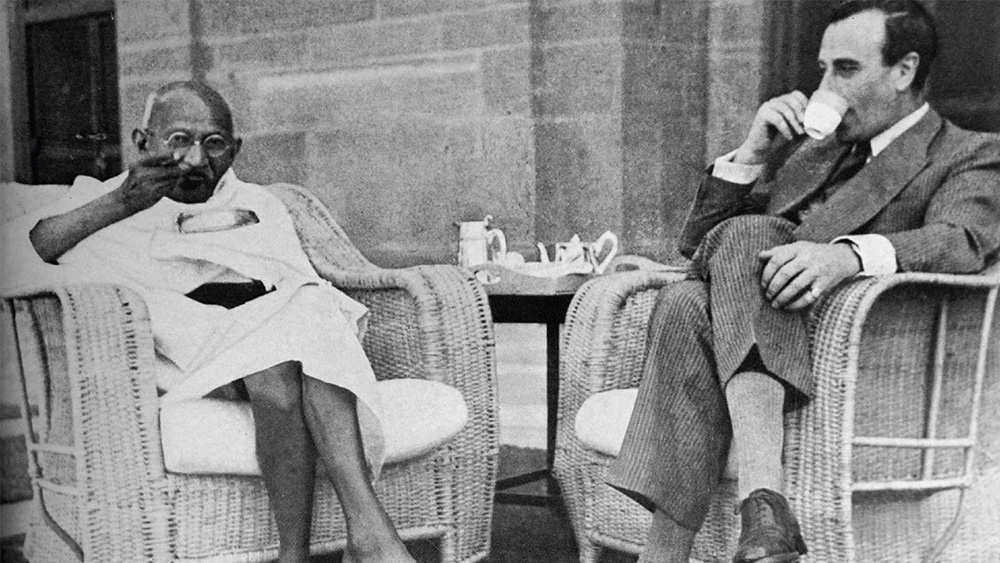
Lesson 8.4
The End of Empire
The end of empire was shaped by global forces as much as local resistance. See how Cold War rivalries, economic shifts, and growing unrest challenged imperial power after World War II.
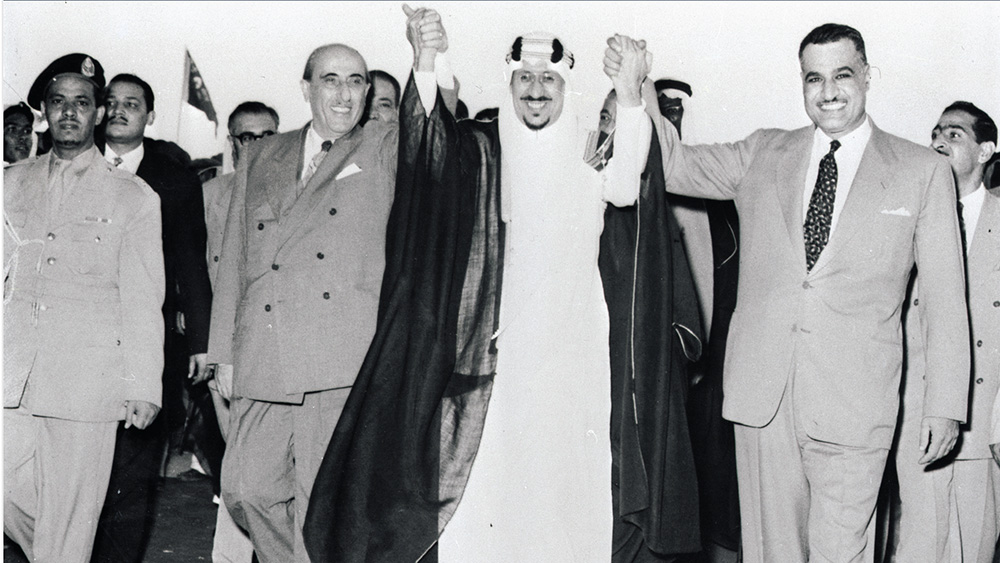
Lesson 8.5
Decolonization Around the World
Revolution and global pressure pushed massive changes forward after World War II. Hear powerful voices of decolonization often left out of the story, and develop a fuller view of the end of empire.
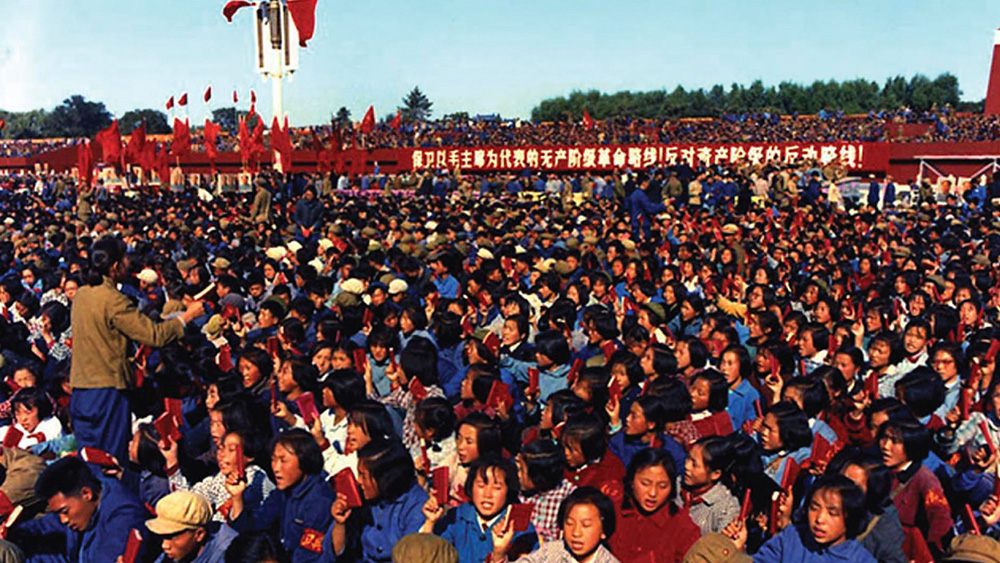
Lesson 8.6
Communism in China
Why did communism rise in China, and how did it change the world? Dig into revolution, reform, and the ripple effects of one of history’s biggest power shifts.
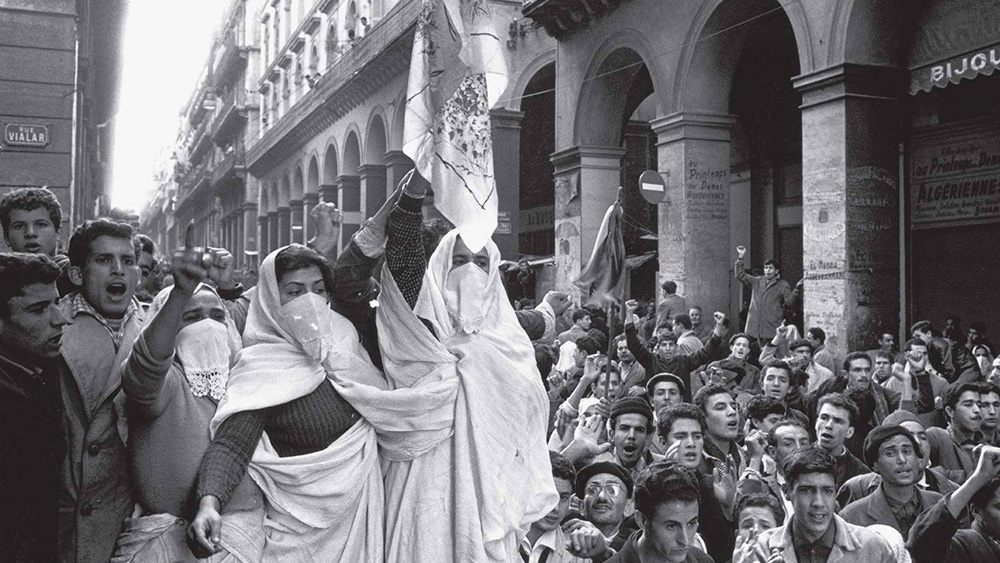
Lesson 8.7
Connecting Struggles for Liberation
The fight for justice didn’t stop with independence. See how civil rights and antiapartheid movements challenged racism, inequality, and oppression while drawing strength from global connections.
 Teaching This Unit
Teaching This Unit
Unit 8 Vocab
Key Unit 8 vocabulary words and definitions.

Reading Overview
Reading strategies to help students dig into a variety of texts.

OER Teaching Sensitive Topics in Social Studies Guide
Support for having discussions that are difficult, but meaningful.

Historical Thinking Skills Guide
Develop the skills needed to analyze history and think like a historian.

Differentiation Guide
Research-backed strategies for differentiation, modification, and adaptation.

Unit 8 Teaching Guide
All the lesson guides you need in one place.
